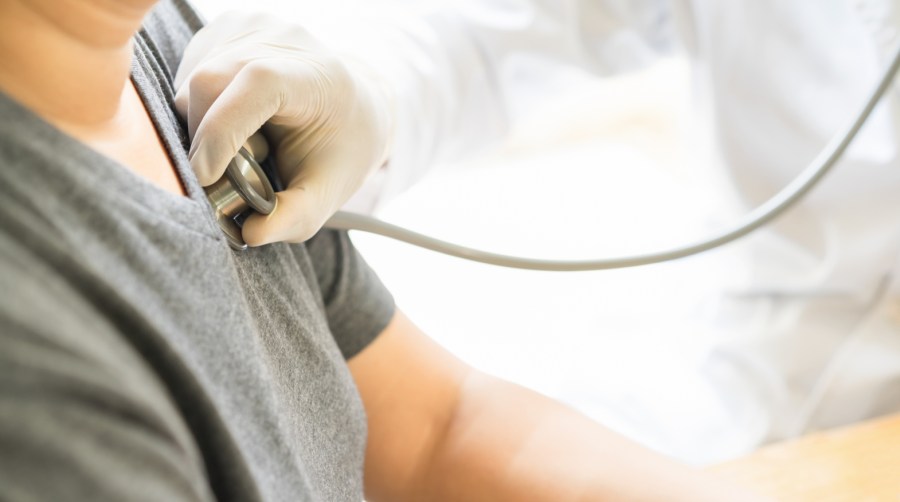Can You Take Prednisone if You Have Afib

Atrial fibrillation, unremarkably known as AFib, is a type of heart arrhythmia. The condition is caused by unusual electric signals, and it can result in a rapid heartbeat which is ofttimes also irregular. In many cases AFib doesn't testify any symptoms. However, it can significantly increase your chances of getting a stroke. Information technology can besides worsen existing heart conditions.
There are several handling options available for people with AFib. Your treatment pick will depend on how long yous have had the status and if in that location are other underlying issues. Here are the available AFib handling options.
Blood Thinners
AFib medications are meant to eliminate blood clots which eventually helps to preclude strokes. Claret thinners are mutual medications used to control the status. Information technology is important to follow your doctor'southward directions when using blood thinners since they can accept astringent side effects if overused. One of these side effects is excessive bleeding. With some of the medicines, you will need to visit your doctor every month for a blood test to cheque how effective the dosage is. The doctor will use the blood test results to determine whether to increase or decrease your dosage.
Your medico may also prescribe medication to control your heart rate, such as beta blockers or calcium channel blockers. Examples of beta blockers include atenolol, bisoprolol, metoprolol, propranolol, carvedilol, timolol and nadolol. Common calcium aqueduct blockers include dilitiazem and verapamil. Later on correcting your eye charge per unit, the doctor will prescribe medication to fix your middle rhythm. Middle rhythm controllers are classified every bit either sodium aqueduct blockers or potassium channel blockers. They piece of work past slowing down electrical conductivity in the heart. Eye rhythm controllers ordinarily accept side furnishings. You should notify your doctor if you outset experiencing any aberrant symptoms.
Electrical Cardioversion
AFib may also be treated using non-surgical procedures such as electrical cardioversion. Before electric cardioversion is performed, the dr. may carry out a TEE procedure. In this procedure, yous will accept to swallow a pocket-sized device with which the md checks the center for clots. If the TEE procedure shows that you take claret clots, you may have to start taking claret thinners. If you lot don't accept any, they will continue to perform the electrical cardioversion. The procedure involves the use of paddles or patches to create electrical shocks on the chest. You lot will be under mild anesthesia when during the procedure.
Catheter Ablation
If electrical cardioversions and medications are non effective, you tin cull to go the ablation process. Before this procedure is performed, the doctor volition map your heart electrically and determine where at that place are abnormal signals. In one case this is finished, they will insert a catheter to your blood vessels and guide it to the problematic tissues in the heart. The catheter will destroy these tissues using a laser, radiofrequency or cryotherapy energy. As the handling takes consequence, yous will have to take anti-arrhythmic medications. Being a minimally invasive procedure, you lot should expect to recover in a very short time.
AV Node Ablation with Pacemaker
Atrioventricular ablation is more extensive compared the catheter ablation. The procedure still involves the use of a catheter. However, the free energy released will destroy a larger department of the heart. By the end of the procedure, you will have a pacemaker implanted to your body to regulate your heartbeat. The pacemaker is just a pocket-sized electrical device which has wires leading to the heart. It volition send out electric signals that keep the heart beating in a regular rhythm. Some of these devices are developed to sense when the heart is beating speedily or very slowly. They then adjust their electrical output to return the middle rate dorsum to normal.
Source: https://www.bloglines.com/article/understanding-afib-treatments?utm_content=params%3Ao%3D740010%26ad%3DdirN%26qo%3DserpIndex